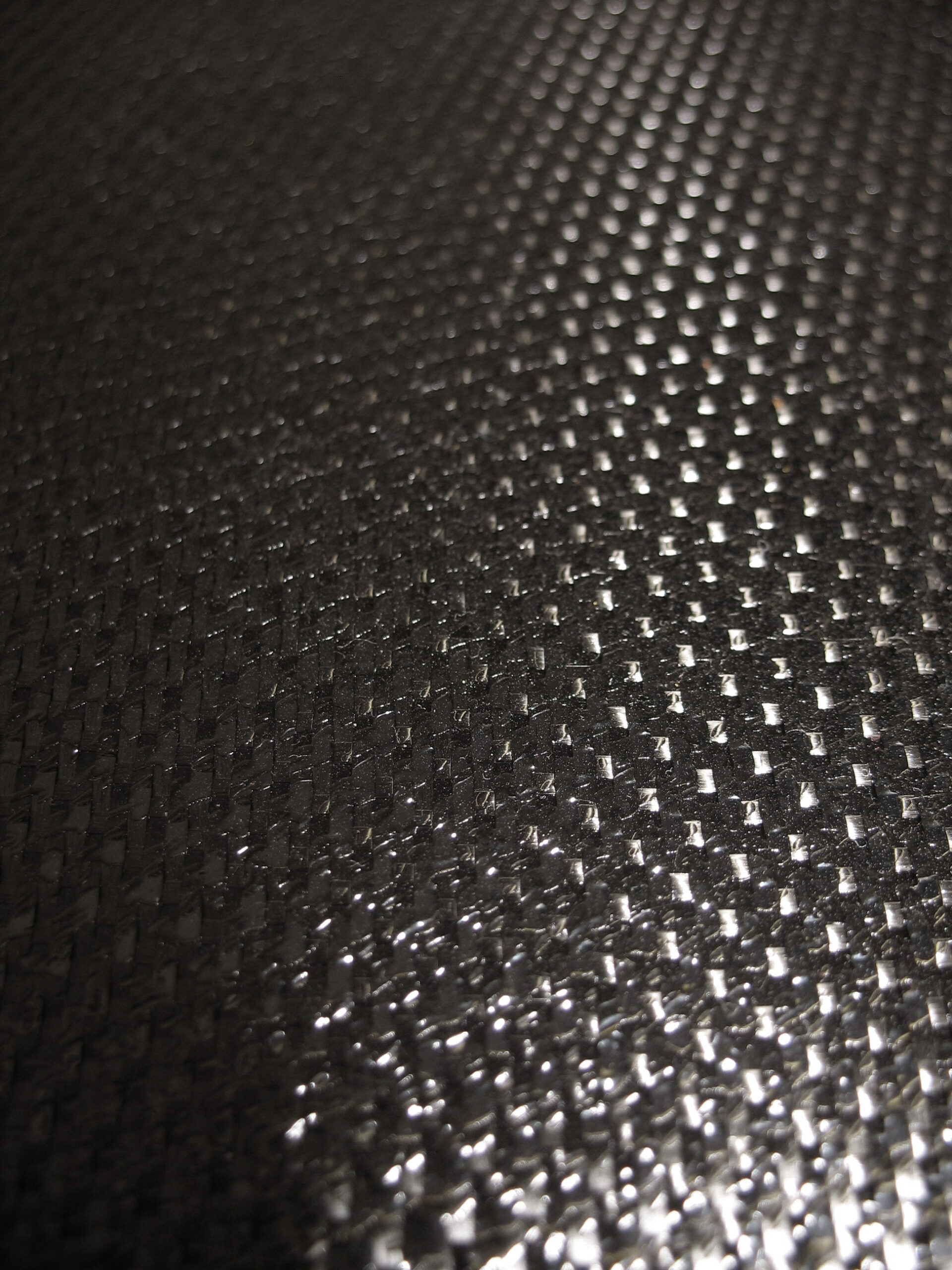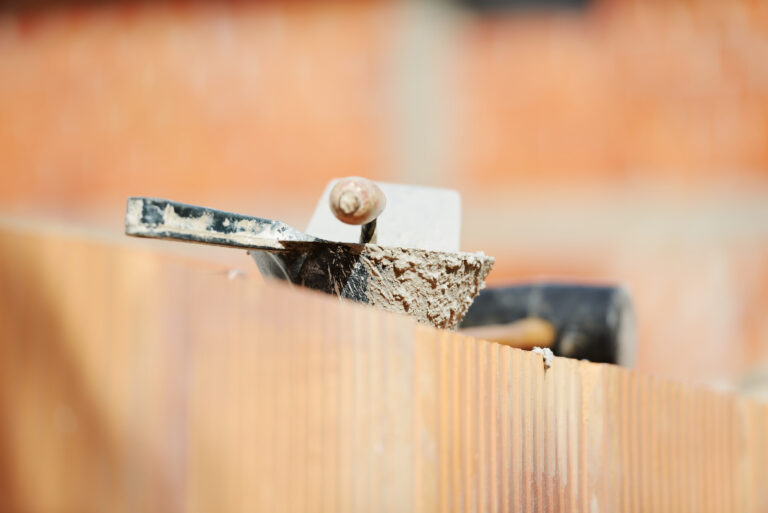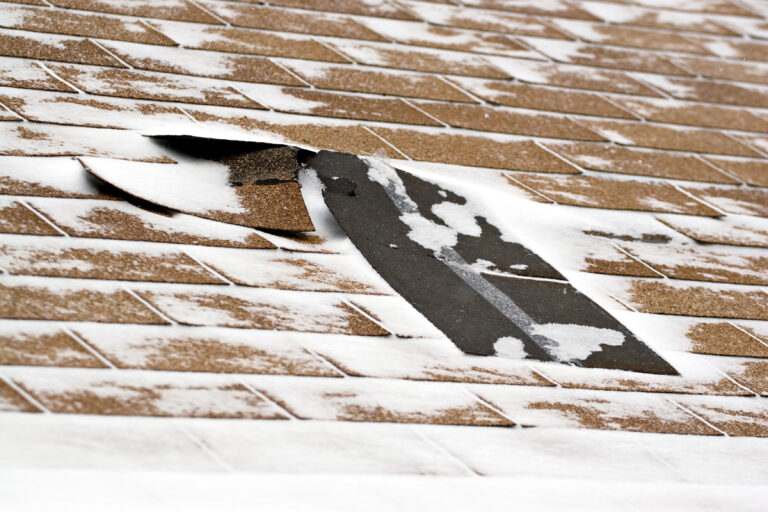Is Mold Making You Sick? Common Signs and Treatments for Mold-Related Illnesses
Mold is a type of fungus that can grow in damp or wet areas, both indoors and outdoors. While molds are commonly found in nature and play an essential role in breaking down dead organic matter, they can also pose significant health risks to humans when present in large amounts. Exposure to mold can cause various symptoms ranging from allergies to more severe illnesses such as respiratory problems and even neurological disorders. In this article, we will explore the common signs and treatments for mold-related illnesses, as well as ways to prevent mold growth in your home.
Introduction to Mold and Its Health Effects
Mold exposure can trigger several health issues, particularly among individuals with weakened immune systems or preexisting medical conditions. The most typical adverse reactions include respiratory symptoms like wheezing, coughing, sneezing, runny nose, and congestion. Additionally, some people may experience skin irritation, headaches, fatigue, memory loss, joint pain, and digestive troubles.
Common Signs of Mold-Related Illnesses
The indications of mold-related illnesses vary depending on the individual’s sensitivity level and the amount of mold encountered. People who have asthma or other lung diseases might experience difficulty breathing, shortness of breath, chest tightness, and increased frequency of attacks. Individuals with compromised immune systems may develop invasive fungal infections that could be life-threatening if left untreated. Infants, young children, and elderly adults are at higher risk of developing severe complications due to their vulnerable state.

Treatments for Mold-Related Illnesses
The treatment for mold-related illnesses typically involves managing the underlying condition while minimizing further exposure to mold. This includes medications like antihistamines, nasal corticosteroids, bronchodilators, antifungals, and antibiotics. Immunotherapy or allergy shots may also help reduce hypersensitive responses to mold. Preventative measures like using air purifiers, improving ventilation, and reducing humidity levels inside homes can also aid in alleviating symptoms.
Preventing Mold Growth in Your Home
To avoid mold growth in your house, you should take steps to control moisture levels. Check for leaks in pipes, roofs, and walls, and fix them immediately. Use exhaust fans during showering or cooking to decrease steam accumulation. Dry any damp surfaces within 24 hours, including carpets, upholstery, and clothing. Finally, clean up any visible mold promptly using bleach solution or commercial mold remover products. By taking these proactive measures, you can safeguard yourself and your family against potential mold-related health hazards.





